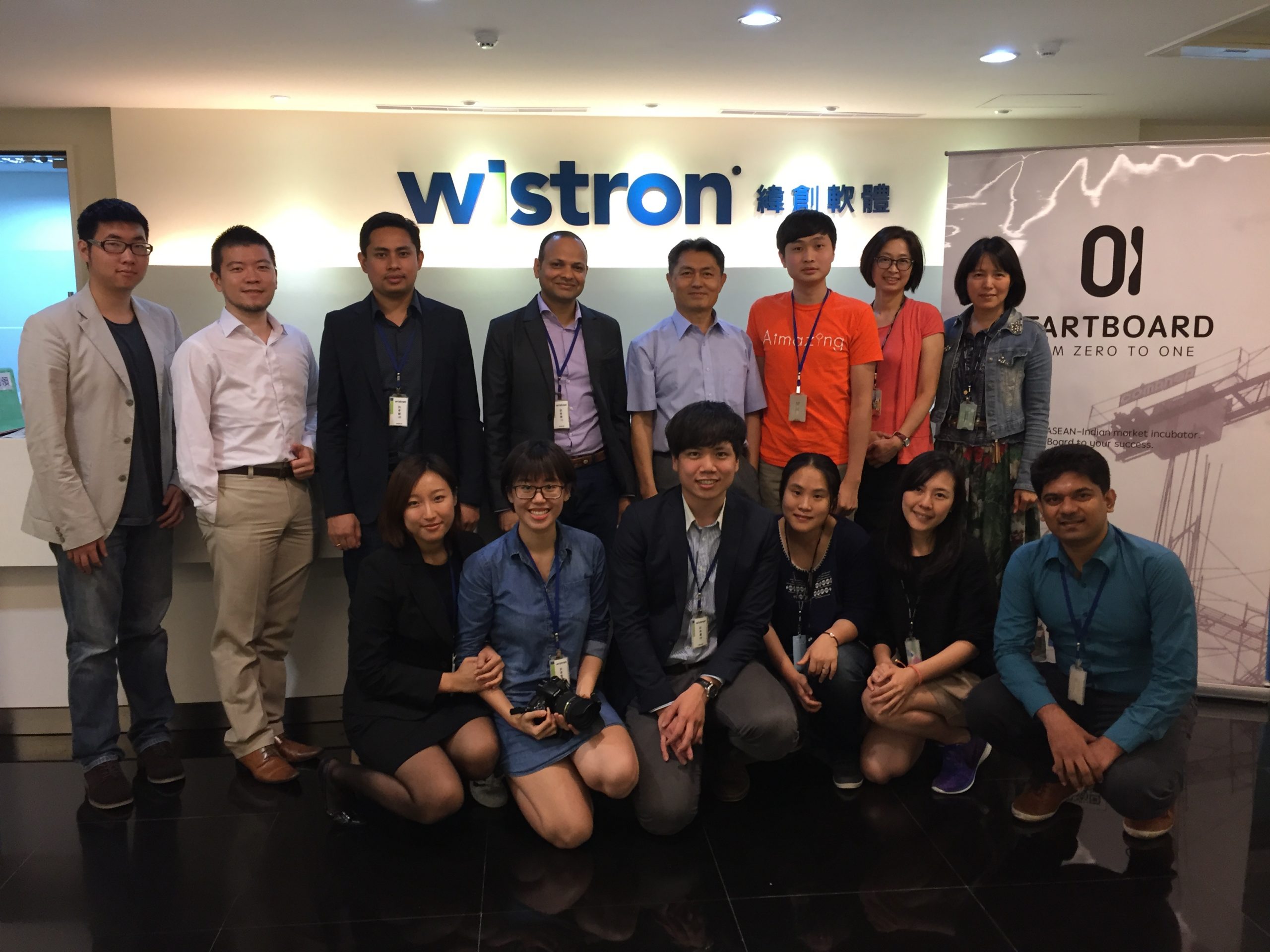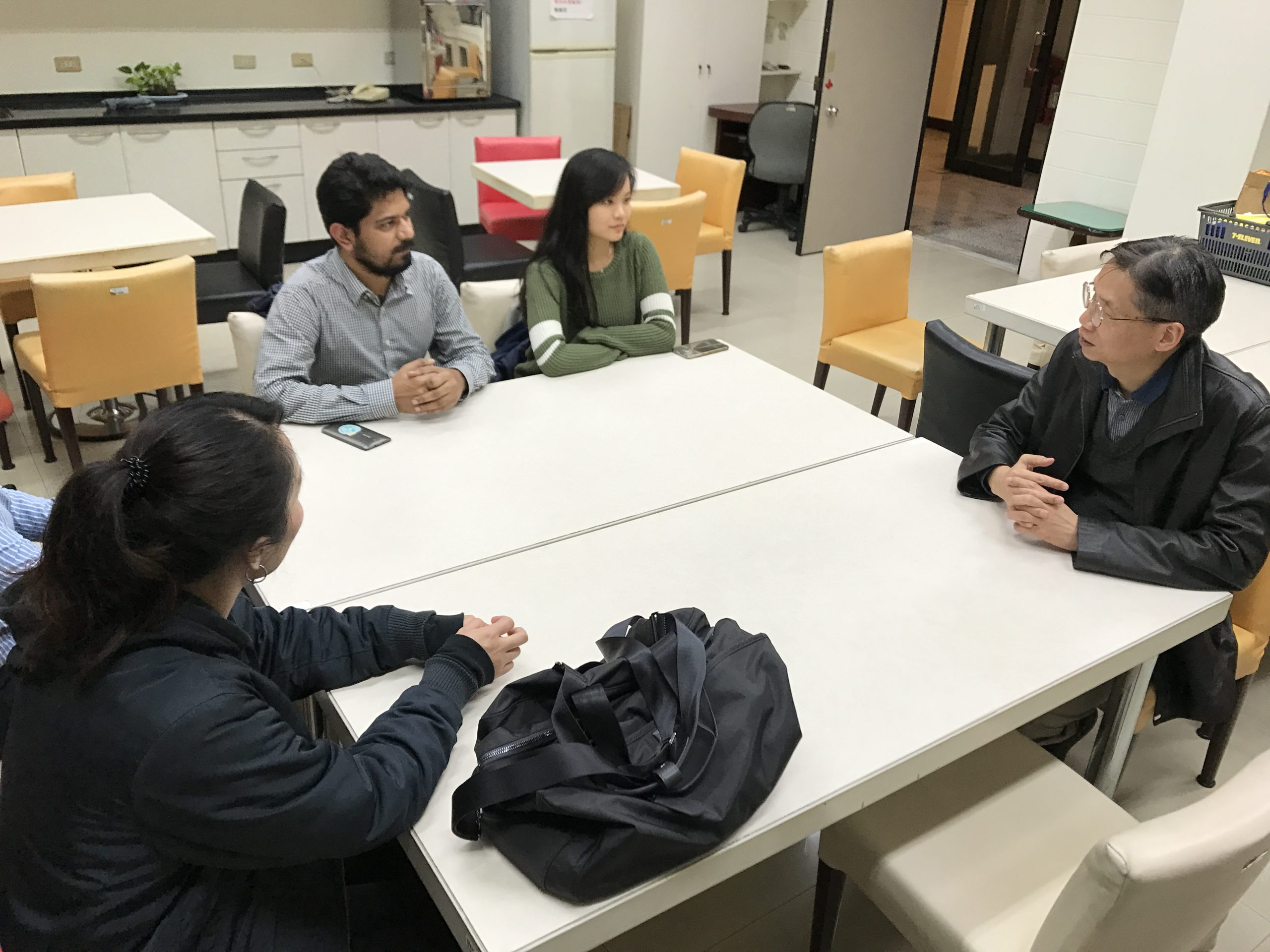Mason Lin, Project Manager at STARTBOARD
To enable entrepreneurs in Taipei to explore the Southeast Asian market, “Subsidies and Incentives for Taipei Industry Project” organized the “ Taipei Entrepreneur Exchange Conference – All the way to the south and the key to success,” where they had gathered entrepreneurs from all walks of life to share their first-hand experiences and insights into the Southeast Asian market. The event had a good start through the coordination between Subsidies and Incentives for Taipei Industry Project and Social Innovation Lab, where current entrepreneurial resources integrated by the government and the private sector are highlighted. The grand opening was followed by” The Introduction of The Southeast Asian Market,” launched by Uniform Lin, the COO at STARTBOARD, “Market Development In Singaporean Market,” launched by Xu Bozhen, the CEO at Rooit and “ Must-know Resources for Cross-border E-commerce Industry,” launched by Tsai Songda, the deputy secretary general at Importers and Exporters Association of Taipei. Lastly, the event would be wrapped up by Taiwan Tech Arena (TTA) with international match-making and funding as well as network resources provided.
【Entrepreneurial Resources from The Government and Private Sectors】

(Jiang Yijun , PM at Subsidies and Incentives for Taipei Industry Project)

(Chen Yiwen, Assistant Manager at Taiwan Startup Hub)
Taiwan Startup Hub also made an introduction about their services with an eye to assisting entrepreneurs to utilize startup resources in an efficient manner. Sticking to the notion of “a hub,” they have been compiling resources from the central and local governments as well as private accelerators. Aside from that, with the use of virtual integration, “ International Entrepreneur Initiative Taiwan” was established so as to play as a liaison between entrepreneurs and both government and private sectors. In this manner, the construction of a holistic startup ecosystem can be facilitated.
【Advice for Expanding Your Businesses to ASEAN Countries】

(Uniform Lin, COO at STARTBOARD)
Lin Zhifu, the COO at STARTBOARD, shared the practical experience of the ASEAN market especially for those ambitious souls who aspire to set foot in the ASEAN market. His advice are as follows — First thing first, the Southeast Asian market should be considered separately. Many of us may deem ASEAN as a whole market while the culture, environment, religion, and market are diverse to do so. Secondly, without wholehearted preparation, you wouldn’t want to bounge into a new market. Given that the equity agreements often require partners of local nationality to hold up to 49 to 51% of the shares, each enterprise shall think twice. The point is to find a local partner, especially a trustworthy one to cooperate. Last but not least, we need to verify information ruthlessly. Due to its environment and languages, startup information in those countries is not as transparent as Tawian’s. Before any cooperation plan comes into play, due diligence is strongly recommended to manage potential risks.
Ever since its establishment, STARTBOARD has kept in contact with international talents from ASEAN countries, so as to accumulate the human resources from international talents. In this way, when global talents join in a Taiwan company or startup, they showcase the bonus to connect with ASEAN market and partners and also provide accurate information as well as experiences to live up to the demand of “southbound.”
【New Southbound Policy – Plan ahead and don’t make it complicated】

(Xu Bozhen, CEO at Rooit)
Rooit is committed to developing mobile applications and dating systems and was selected to play a part in TechStars. Their mission is to find everyone a partner who can confide to. Owing to this totally different core value, Rooit provides anonymous chatroom and interactive game for users to cultivate tacit understanding and communication. Mr. Xu also shared his insights into the Singaporean market based on their experiences. The following are some focal points that determine whether your expanding would go smoothly into ASEAN market.
To begin with, the pivot is market research and estimation. The strategies should either depend on population, geographical location or on the questionnaire. Secondly, when the targeted market has limited resources, then we shall narrow down the range.
Lastly, Mr. Xu mentioned the significance of “speed.” More often then not, startups struggle to maintain daily operation so adaptability to the latest trends and the development with efficiency count. Members of a startup need to adapt their attitudes so as to get along well with different markets and politics as well as culture.
【Resources for Cross-border E-commerce】

(Tsai Songda, Deputy Secretary General at Importers and Exporters Association of Taipei)
Tsai Songda, Deputy Secretary General at Importers and Exporters Association of Taipei, led the key point to the cross-border e-commerce industry. He mentioned that many entrepreneurs started to do e-commerce things more than a decade ago, setting up company websites, and activating shopping carts and so on. Nonetheless, “e-commerce is not just about putting goods on the website. Search engine optimization, diversion, and freight services are all full of learning points.” Importers and Exporters Association of Taipei is in charge of assisting entrepreneurs to commercialize the e-commerce process and expand business overseas. Currently, the guild is promoting the 17cross e-commerce and TCEI Taiwan incubation so as to provide information and communication platform for entrepreneurs in Taipei.
【International Capital Match】
Taiwan Tech Arena (TTA) and Taiwan Innovation and Entrepreneur Center (TIEC) shared several resources with entrepreneurs, including investment, mentor, accelerator, and technology, etc and they also nurture startup teams to go on to the stage of the U.S. Capital will be introduced through the International Capital Matching Association. It is expected to open in mid-September and till the end of October. They will also conduct training on presentation and business plan drafting with a capital match launched in the middle of November, where 20 investors from ten different fields will provide opportunities for entrepreneurs to enter into the international arena.
The event had come to a perfect ending. Aside from providing subsidies, Subsidies, and Incentives for Taipei Industry Project also offers entrepreneurs a chance to exchange insights, accelerating the development of the startup ecosystem. Startup@Taipei also invited enterprise that gained the funding to participate in the event – hopefully via the event, urgent needs for localizing in overseas markets can be met.

















